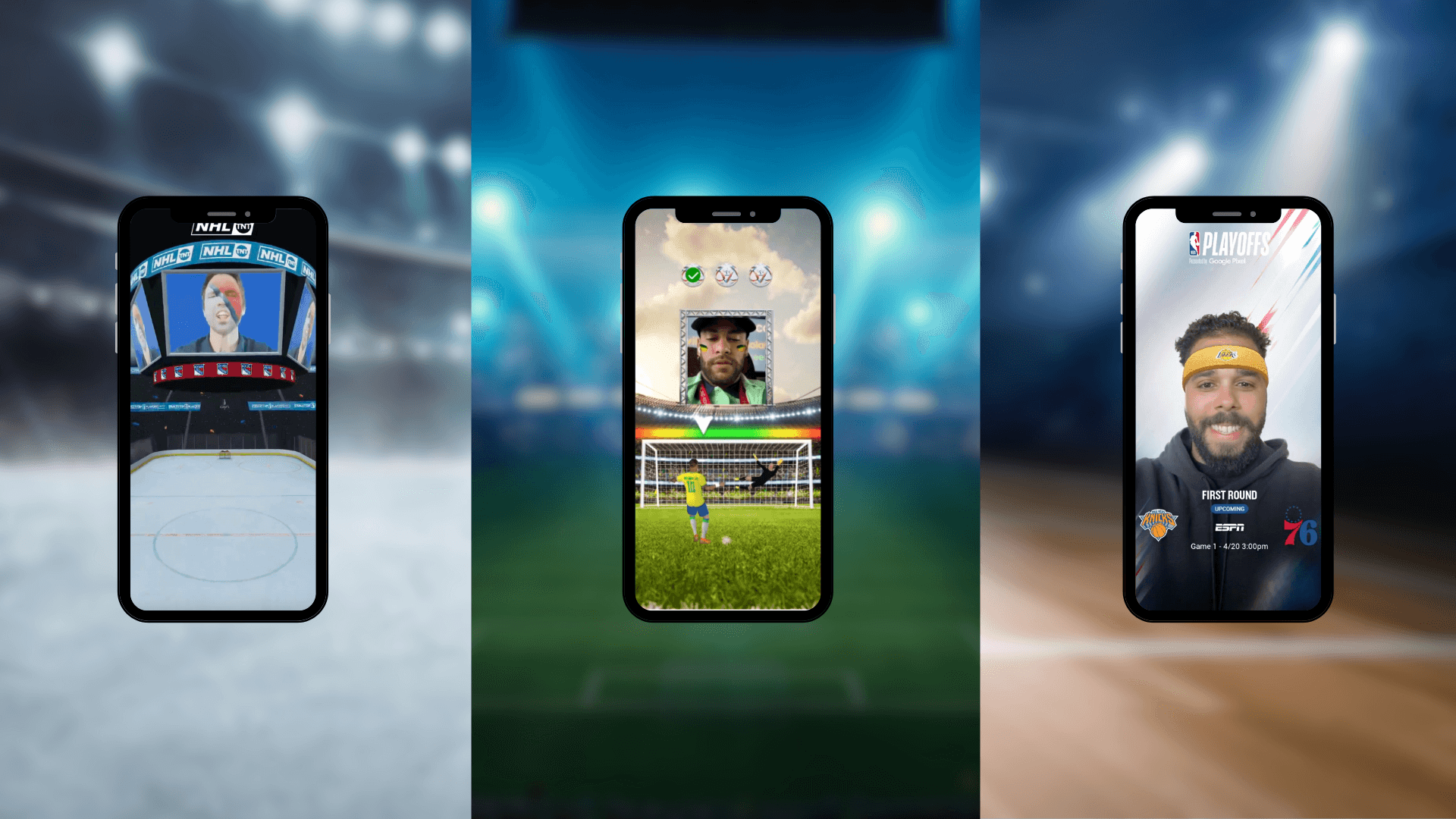Stop Losing 60% of B2B Leads: Pipeline Marketing Leadership
The B2B sector faces a paradoxical challenge that threatens predictable growth and the effectiveness of marketing demand generation investments. Despite significant spending on advanced technology and content, organizations routinely lose up to 60% of potential B2B leads who have demonstrated interest.

The 60% Lead Loss as a Business Crisis)
In some cases, 79% of marketing leads never convert into deals due to a failure in proper relationship nurturing.This massive outflow of valuable potential is not caused by weak products or lack of demand, but by a fundamental strategic and operational misalignment between Marketing and Sales departments.
This strategic disconnection transcends interpersonal conflicts and has become a measurable business crisis. The absence of a common language, disparate success metrics, and a focus on internal rather than end-to-end metrics cause departments to operate in "information silos." While Marketing focuses on lead volume, Sales struggles with lead quality, confirmed by data showing that only 9.1% of sales professionals rate marketing-sourced leads as "very high quality." This inefficiency slows the sales process, critically reduces overall revenue velocity, and leads to billions in global losses.
The only path to predictable and sustainable growth is the shift to an integrated paradigm known as pipeline marketing, governed by strategic full-funnel analytics. This transition requires more than just technology integration; it demands a change in mindset, the introduction of a unified definition of opportunity qualification, and the complete elimination of information silos. Success in this new paradigm is measured not by clicks or form fills, but by Pipeline Velocity, net revenue, and close rates. Only analytics leadership, ensuring end-to-end tracking and data transparency from the first touchpoint to the final check, can bridge the gap and restore the potential of lost leads.
Contents
Abstract (The 60% Lead Loss as a Business Crisis)
The Revenue Crisis: The Cost of Disconnected Marketing and Sales
The Strategic Shift: From Disruption to a Unified Pipeline (Pipeline Marketing)
Data Management as a Growth Factor: Full-Funnel Analytics Leadership
Growth Consulting Demand Lead Generation: Solutions for Deal Acceleration
FAQ: Key Questions for Accelerating the Sales Process
Conclusion: The Path from Losses to Predictable Growth
The Revenue Crisis: The Cost of Disconnected Marketing and Sales
Billion-Dollar Losses: How Misalignment Impacts Annual Revenue (Statistics)
The misalignment between Marketing and Sales is a global economic crisis estimated to cost businesses worldwide about $1 trillion annually due to lack of coordination. This loss confirms that misalignment has direct and catastrophic financial consequences, undermining a company's ability to achieve predictable growth.
For B2B companies with high average deal values and long decision cycles, the consequences are particularly severe. Misalignment can result in the loss of 10% or more of annual revenue. Furthermore, over half (52.2%) of sales leaders cite lost sales and revenue as the primary result of this organizational rift. These financial losses correlate directly with low lead conversion: 79% of marketing leads fail to convert into deals due to insufficient nurturing, confirming the 60% potential loss issue.
Conversely, organizations achieving a high level of synchronization demonstrate impressive results: revenue growth of 32% year-over-year and profitability increases of 15%. These figures indicate that alignment is not just a growth marketing b2b lead generation strategies tactic for boosting sales, but a powerful lever for optimizing costs and increasing efficiency.
Diagnosing the Root Cause: Three Pillars of Disconnection
The misalignment between Marketing and Sales stems from three systemic issues: the lack of shared goals, the use of disparate metrics, and fragmented data.
Firstly, there is a Lack of Strategic Unity (Disjointed Strategies). Up to 90% of professionals report disconnects across strategy, process, and objectives. Problems arise when Marketing focuses on lead volume while Sales strictly prioritizes quality and alignment with the Ideal Customer Profile (ICP).
Secondly, Different Metrics create structural barriers. 40% of respondents confirm that Marketing and Sales goals are measured by different indicators. Marketing focuses on metrics like engagement and reach, while Sales measures Win Rate and quota attainment. Without a unified evaluation system focused on end-to-end financial outcomes, neither team can accurately assess the contribution of the other, which erodes trust.
Thirdly, Data Silos make effective pipeline management impossible. Data fragmentation—where marketing data (engagement) and sales data (deal history) exist in separate CRMs and automation systems—leads to a loss of critical insights. This separation prevents Marketing from optimizing its efforts based on actual revenue outcomes.
3. The Strategic Shift: From Disruption to a Unified Pipeline (Pipeline Marketing)
Overcoming the systemic gap requires a transition to the pipeline marketing model. This strategy demands a fundamental shift: Marketing and Sales must view themselves as a single, continuous pipeline focused on the velocity and quality of revenue generation.
Accelerating the Pipeline (Pipeline Velocity): The New Focus for Growth Marketing B2B Lead Generation Strategies
The essence of pipeline marketing is redirecting Marketing from generating maximum lead volume to maximizing the speed at which a potential customer moves through the pipeline (Pipeline Velocity). Growth marketing b2b lead generation strategies must focus on the stages that have the greatest impact on the financial outcome: opportunity qualification and deal acceleration.
"Marketing Backwards": Starting from the Closed Deal
Effective demand generation must start at the end of the process — by analyzing successfully closed deals. The "Marketing Backwards" approach requires Marketing to focus on creating materials and campaigns that directly lead to an increase in qualified sales conversations and revenue growth.
Two core elements ensure this approach:
Unified Ideal Customer Profile (ICP): Marketing and Sales must jointly define and agree upon ICP characteristics. This prevents the generation of leads that do not meet sales needs, eliminating a primary cause of quality conflict.
Unified Value Proposition (UVP): Marketing and sales success is built on a single, clearly articulated value proposition that synchronizes all communications: from advertising messages to sales scripts. This unity ensures clients receive a cohesive and consistent view of the product's value at every stage of their journey.
Creating a Unified Language: The Service Level Agreement (SLA)
The operational solution for reinforcing strategic alignment is the Service Level Agreement (SLA) between Marketing and Sales. The SLA formalizes shared expectations, metrics, and processes, ensuring a common focus on one goal.
The SLA should include:
Shared Success Metrics: Replacing isolated metrics with end-to-end metrics like Pipeline Potential, Pipeline Velocity, and Win Rate.
Clear Qualification Definition: Jointly defined criteria for a lead transitioning from "Demand Generation" (Marketing's zone) to "Opportunity Qualification" (Sales' zone). Qualification must be based on behavioral signals indicating readiness for evaluation, such as a demo request or visiting deep-dive content pages.
Feedback Mechanism: The SLA must guarantee regular and actionable joint meetings where Sales provides Marketing with insights on actual lead quality and objections encountered. This is critical for the continuous optimization of demand generation strategies.
4. Data Management as a Growth Factor: Full-Funnel Analytics Leadership
Synchronizing processes and goals requires implementing a unified measurement system—full-funnel analytics performance marketing case studies prove that this is essential for predictable growth.
Overcoming the Last-Click Era: Why B2B Analytics Is More Complex Than It Seems
Measuring B2B marketing effectiveness has become immensely challenging because buyers use 10 or more interaction channels on their journey to purchase. This makes simple "last-click" attribution impossible and complicates demonstrating Marketing's impact on financial outcomes (a challenge cited by 64% of CMOs).
The problem is exacerbated by data fragmentation. When engagement data (Marketing) and deal-closing data (Sales) exist in isolated systems, obtaining a holistic view is impossible. Full-funnel analytics requires unifying these disparate signals into a single, credible source of truth. This allows a shift from measuring clicks to optimizing brand, demand, and revenue.
End-to-End Analytics (Full-Funnel Analytics): From Engagement Signals to Financial Results
Implementing advanced end-to-end analytics, governed by strategic analytics leadership, yields impressive results aimed at pipeline acceleration:
Speed of the initiation of first sales increased by 50 percent.
Churn reduced by 25 percent.
Analytics allows teams to significantly increase efficiency. For instance, the time required to build complex reports can be reduced from days to under an hour, allowing analysts to focus on providing actionable recommendations rather than routine data collection.
Five Critical Lessons for Analytics Leadership
The successful implementation of B2B analytics programs depends on overcoming cultural barriers and building trust in the data, which is the key mission of analytics leadership.
Focus on Business Objectives: Start not by selecting an analytical tool, but by clearly defining the business problems that need solving.
"Trust the Data": The main barrier is sales skepticism toward analytics perceived as a "black box." This mistrust is overcome through transparent algorithms and involving sales professionals in tool development so they see how insights help them sell more.
Ease of Use: Insights must be integrated directly into the tools Sales uses (CRM), making them easy to understand and apply
Start with Accessible Data: Don't wait for the perfect data integration across all systems. Successful programs start with easily linkable data (the 80% solution), quickly launch pilots, demonstrate value, and then move to complex automation.
Build a Team Mindset: Successful analytics requires removing cross-functional barriers. Analytics must become a shared function measuring success by common pipeline metrics.
Implementing the Revenue Feedback Loop
The Revenue Feedback Loop places revenue and pipeline health at the center of marketing performance evaluation. Instead of evaluating campaigns based on clicks, Marketing uses data on closed deals (from Sales) for operational optimization.
Mechanism: By analyzing which channels or content led to the maximum Win Rate, Marketing can:
Align its objectives directly with broader business goals.
Allocate resources to channels that generate the highest revenue potential.
To enhance effectiveness, both quantitative and qualitative feedback are necessary. Sales must regularly share insights on customer pain points and objections. This allows Marketing to create content specifically designed to remove barriers at the "Deal Acceleration" stage.
5. Growth Consulting Demand Lead Generation: Solutions for Deal Acceleration
Within growth consulting demand lead generation, it is critical to use synchronization to create content that helps Sales close deals, thereby preventing the loss of qualified leads.
Quality Qualification: Transitioning to Purchase Readiness
The key to eliminating losses is the joint definition of the moment a prospect transitions from passive "Demand Generation" to active "Opportunity Qualification." The lead must demonstrate signs of deep engagement, such as demo requests, pricing reviews, or downloading solution-oriented content.
The growth consulting approach focuses on ensuring the pipeline is filled with accounts that perfectly match the ICP and show evaluation readiness, not just superficial interest. This focus ensures Sales receives contacts that are ready for substantive dialogue, significantly boosting Pipeline Velocity.
Content as a Deal Acceleration Tool (Sales Enablement)
Sales Enablement content is the bridge created by Marketing to help Sales effectively engage with clients, handle objections, and accelerate deal closure.
The main goal of this content is to equip sales professionals with personalized resources that allow them to:
Answer complex product questions.
Personalize proposals to match customer pain points.
Handle objections with proof backed by data.
Creating an Evidence Base (Case Studies, Battlecards, and ROI-Proof)
At the "Deal Acceleration" stage, prospects seek validation of value. Therefore, content must be focused on providing compelling evidence and mitigating risk.
Case Studies: Extremely valuable as they provide real, measurable results (ROI-proof), showcasing how the product helped other customers overcome specific challenges and achieve success. They are a cornerstone of trust in B2B sales.
Battlecards: Critically important for handling competitive objections. They provide sales professionals with quick access to information on key differentiators and positioning strategies.
Interactive Content: Using ROI calculators or self-assessment quizzes allows prospects to see the product's value independently, accelerating internal decision-making.
The Path from Losses to Predictable Growth
Losing 60% of qualified B2B leads is a direct consequence of organizational and strategic misalignment. The breakthrough to scaling does not require more leads; it requires better utilization of the leads you already possess.
Pipeline marketing and analytics leadership are not just tactical tools, but cultural strategies that foster cross-functional integration. This integration allows organizations to reclaim lost potential, turning 60% losses into additional, predictable, and profitable growth.
FAQ: Key Questions for Accelerating the Sales Process
What is the core goal of pipeline marketing?
The core goal is maximizing Pipeline Velocity, not lead volume. This is achieved by reallocating marketing investments towards generating high-quality, qualified opportunities that strictly match the Ideal Customer Profile (ICP).
How does analytics leadership help increase revenue?
The strategic use of full-funnel analytics increases the speed of initiating first sales by 50% and reduces customer churn by 25%. Data leadership ensures transparency, helping Sales "trust the data," focusing on the most profitable segments.
What is the Revenue Feedback Loop and why is it crucial for demand lead generation?
This mechanism places revenue at the center of Marketing's evaluation. Marketing uses data on closed deals (Win Rate) to surgically optimize campaigns and resource allocation, channeling investment towards the channels proven to generate the highest revenue potential.
What content is most effective for closing deals?
The "heavy artillery" (Sales Enablement) is needed in the final stages. The most effective types are Case Studies (proving ROI and results), Battlecards (for handling competitive objections), and interactive tools that speed up internal decision-making.
How does growth consulting improve lead quality?
Growth consulting focuses on aligning the Ideal Customer Profile (ICP) and implementing end-to-end analytics. This enables Marketing to precisely segment the customer base and direct resources toward high-potential segments, filling the pipeline only with highly qualified opportunities














